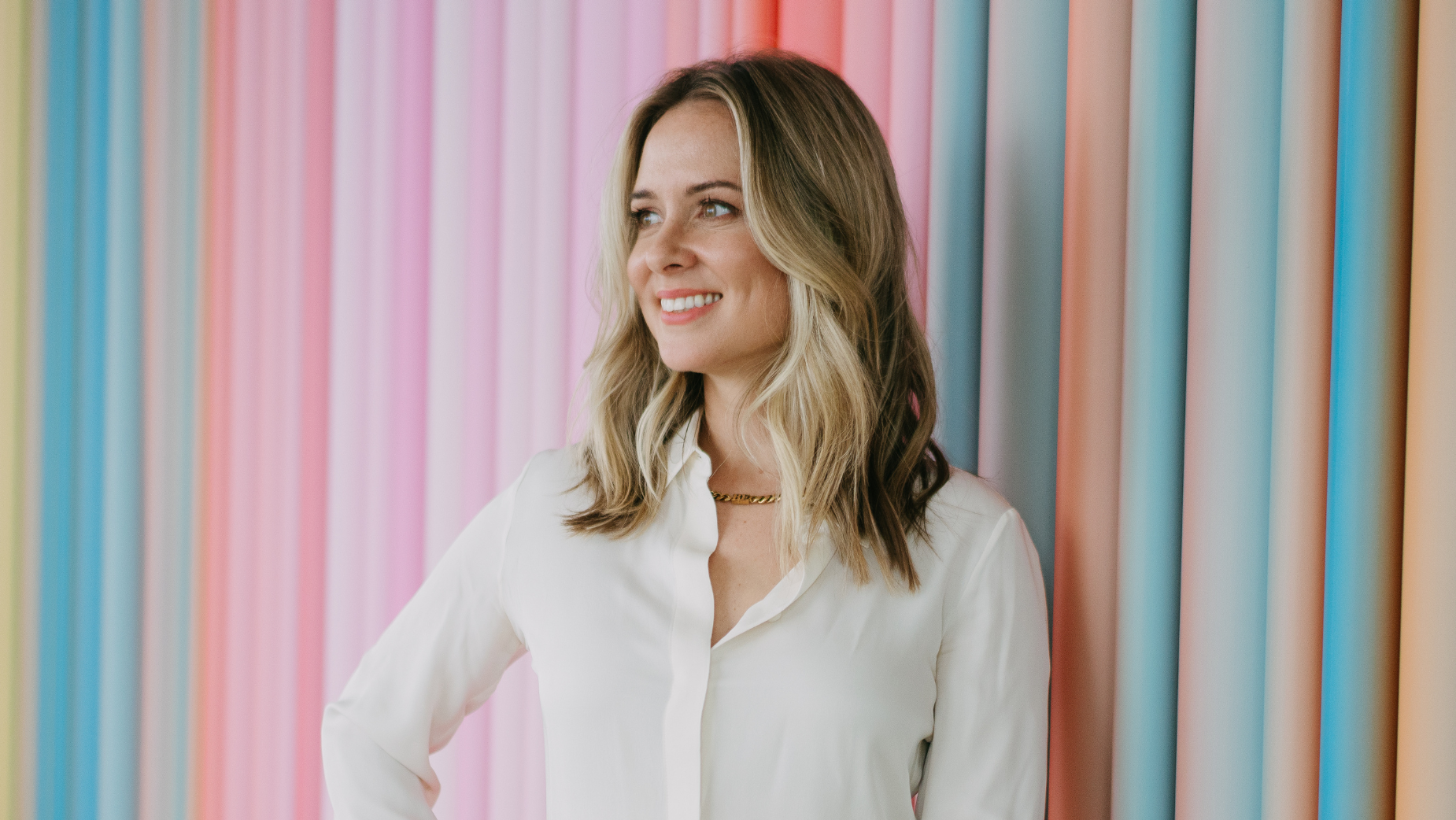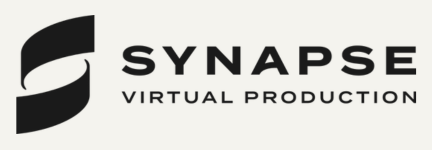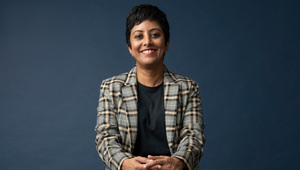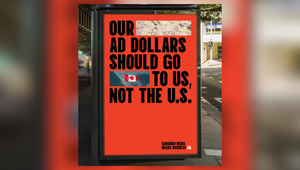
Spotify Invites Brands to Create in Its Expanding Playground

Spotify may be best known as the go-to platform for streaming music and podcasts, but for Bridget Evans, its potential as an advertising canvas goes far beyond that. Since joining the company as global head of advertising business marketing in 2023, Bridget has been focused on making sure brands and their agencies see Spotify not just as a media buy – but as a creative playground.
Speaking to LBB’s Alex Reeves on the Spotify Beach at Cannes Lions, she unpacks how Spotify’s evolving ad products, in-house Creative Lab, and cultural insights are opening up new opportunities for storytelling, audience connection and co-creation. From gen z jam sessions to spicy playlists for 7UP, it’s a space where brand ideas are increasingly designed to be heard – and felt.
LBB> I was looking at your AI ads launch. I get a sense that a lot of these tools are really great enablers for SMEs, independent people who are running their own businesses or even creators themselves. But a lot of the audience in Cannes are big agencies, big brands. Is it for them too?
Bridget> I think it's not one or the other. The way that we partner with brands, I think of in three ways:
The first way is how do we help advertisers scale their assets so they can do maybe more creative testing?
Or for the brands that don't have the production dollars and the production support, gen AI audio ads is an awesome place for that. And I think anyone that also just wants to test and try out AI – that's also not limited to starting there. Obviously they won’t just solely use that, but it is a starting point for scale. So there's that element.
Then we also have Creative Lab, which is literally our in-house agency. Kay Hsu is the leader of Creative Lab. Everyone knows Kay, she's the best. Basically, this is an entire team of art directors and creative strategists and producers. With our larger advertisers, like the Coca-Colas of the world, her team is delivering all of the creative insights to them about their brand that can help with the ideation. They co-brainstorm together. But then her team also helps produce the ads.
We find a lot of creatives that we work with – whether it's agency or client direct – they'll have video ads, but they don't always have audio ads. So we workshop: OK, how does your brand come to life? Through your sonic identity, or through a certain tone? Who are the right creators for your audio?
And then production. So that's what we do more with agencies and maybe our top advertisers.
The third is if clients are buying programmatically, and they might not be working with us directly or tapping Creative Lab, but they also don't want to use gen AI audio ads. We literally – just actually before Cannes – updated our partner website to make sure it had all of our local production partners. We actually do have an AI vendor in there too, but we have vetted third-party partners.
There's also lead gen capability, so if an agency has an idea and wants to run it all mostly in-house but just needs that production support for audio, we have partners who we trust and who we work with. Right now, we are excited to expand it beyond that – I would say largely audio. I'm excited, from a marketing perspective, to do more with that in the future – certification and badging programmes and stuff like that. But for now, they're ready to take on any Spotify business, because we've vetted them through understanding of what works on our platform.
So it's really just the advertiser’s preference on which route they want to go to create for our platform. But then it's also how they're literally structured as a team and how they work.
Kay’s Creative Lab team has been working on really defining and getting more precise with creative best practices. A lot of real-world examples from the best-in-class ads that have run on our platform with brands—so case studies, but more like creative inspiration studies across audio, across video.
And then we also work with creators and our own Spotify employees. We created a bunch of video content, breaking down tips on how to lean in with podcasts and, again, audio ads.
So we work hand in hand with these agencies, and we do workshops here at Cannes with them to inspire that. But for anyone who's not at Cannes—or for a month from now, when people want that information but aren’t meeting us directly—we now have all these resources available at scale.
LBB> A lot of our readers are at ad agencies working on briefs that could make better use of Spotify. What would you like creatives to see Spotify as?
Bridget> The word we use is ‘playground’. It is a great creative playground.
And yes, it’s audio, but it’s also audio on Spotify. So it’s taking all of the contextual relevance of why people are on our platform, and having fun with that.
So it's not just like, “Oh, you've created a video ad and hey, for reach, you should turn that radio ad into a Spotify audio ad.” And it’s also not, “Oh, you already have a video – scrap the imagery and just put the audio part of the video up on Spotify.”
There is so much fun and opportunity you can have with audio on Spotify because of where everything fits and lives. Like everything from the sound of a Coca-Cola can opening—everyone knows that sound, even if you're not seeing the can open.
One more example I love – we recently had a really exciting win with 7UP out of India. They actually launched a 7UP flavour that was very spicy to drink. They created these spicy playlists, and had audio ads running. Then they took it a step further – they put the QR code to the Spotify playlist on their actual cans and packaging.
So it's a playground. And if creatives and creative agencies could think of whatever that concept is – not, “Then how does that live on TV?” or “How does that live on whatever platform?” and then later, “Oh, we need an audio ad” – but actually think: How does this creative concept live through audio?
It’s so undertapped.
LBB> I wrote about a campaign in Finland recently which collaborated with metal vocalists to make a collection of songs for a cosmetics brand. Is that the kind of creativity you’re looking to inspire?
Bridget> I would love to inspire more thinking like that.
We serve up really great insights to our brand partners to help with the ideation process. So a cosmetics brand – yeah, maybe they had that insight because metal’s popular in Finland. But maybe they didn’t have that insight. We work with brands and supply that.
It’s like: tell us your audience – who you’re looking to reach. We'll look at everything from the broader expected stuff, like what are they listening to? But then we can also look at things like: what are the most common terms that are bubbling up when they create playlists? Is it “road trip”? Is it “I’m sad”? And then you can play with mood in audio. Like, if it’s sad – do you have a riff on that? If it’s happy – do you have a riff on that? If it’s road trips – do you talk about that? There’s a lot we can provide for that brainstorming process, which I would imagine, for a creative, makes it a lot more fun.
LBB> It's a really fascinating broader cultural shift in how we engage with music, the idea of mood overtaking genre.
Bridget> We say: moods, moments, and mindsets. Because there’s literally the mood, which we just talked about.
There’s the mindset – like, “I really need to focus right now,” or “I want to learn,” so I listen to some podcasts.
And then there are the moments, which are like: on my way to work, I have this on; when I’m sitting on my couch after work, I watch this podcast video.
Those are kind of the three ways we think about our audiences.
LBB> We've spoken a lot about the ways people are using Spotify that might be inspiring to brands and their agencies. Are there any other kinds of behaviours out there that you think could be useful to tap into?
Bridget> I think this might sound obvious to you if you're on Spotify a lot, but I’m still surprised that a lot of people still think of us as an audio platform. Because I know personally I love my daylist. That is what I listen to almost exclusively right now. So I’m constantly, every morning, grabbing it, looking at it, checking out my playlist. “Oh, I don’t know this song – I'm discovering something new. What is this lyric?”
We launched music videos a while ago. And obviously, podcast videos are the biggest driver of growth.
So when we think about it from a creative perspective – and from an ad perspective – it really is more effective and more creative to think of the two together: visuals, display, but then video and audio.
Because if people are like me – switching between listening and watching throughout their day – then from a measurement standpoint, you have a better chance of reaching more people and engaging with them if you have the right formats for how they’re consuming throughout the day.
And then from a creative perspective, it's about telling that story for eyes and ears. It’s great.
LBB> What are some recent examples of how Spotify has helped brands connect with audiences in a culturally relevant way?
Bridget> There was a campaign that was done in partnership with Creative Lab, Coca-Cola and Oreo. So, I don’t know if you consumed a whole bag of Coke-flavoured Oreos, but they did exist. They came out last year – Coke-flavoured Oreos and Oreo-flavoured Coke.
Coming out with this new product, they wanted to target gen z. So we were like, OK, what can we pull out about gen z behaviour right now? Gen z is absolutely the largest demographic driving the use of sharing – social sharing is one piece of that, but also sharing like doing jam sessions and blend sessions on your phone, co-creating playlists, all of these things.
It was called the ‘Bestie Mode’ campaign. We were basically able to get a sense of your taste and your best friend’s taste, and then serve you up a playlist based on that pairing. A pairing of two brands, and then a pairing of best friends.
LBB> That's a really nice way to frame this conversation: behaviours that are involving Spotify, that brands and their agencies should, could know about, be looking out for, and making creative use of.
Bridget> Hopefully it becomes more top of mind. I work here because I’m passionate about it. It’s fun to see all of the campaigns come to life. But yeah, we definitely want Spotify to be a creative canvas.
And it's such a good moment for us too, right now, because we're all, as consumers, like: swipe, swipe, swipe... algorithm fatigue. But on Spotify, you're super immersed – paying attention, deeply engaged. Spotify is where you go to kind of escape the brain rot and feel better. And so I think it's just the environment you want to be in, too.
LBB> And of course music culture extends to completely offline spaces. You’re involved with brands in real-life experience work too, right?
Bridget> Aux is our in-house music consultancy that we offer to brands. We partner with brands like Budweiser, Vandal, Coca-Cola, and others.
We basically bring the cultural relevance of the Spotify platform to life in real life, and that could look different depending on what the brand objectives and goals are.
Oftentimes, it involves live events. Oftentimes, it involves us helping to identify which musicians would be right for them to partner with – whether emerging, large, or old. With that live events piece, it’s the ability for a brand to take whatever they’re doing on Spotify – or whatever might be relevant for their brand and their audience on Spotify – and bring it to life by taking our known playlists, like New Music Friday, Fresh Finds, Release Radar... really any of them, and making them actual concerts where the brand has a role in bringing that to their fans.
And obviously, that kind of 360 integration – from on-platform to offline – is really powerful.















